Mornings at Martha’s Vineyard Public Charter School begin just as they did 19 years ago when the doors first opened. The whole school, including teachers, administrators and students from high school to kindergarten, sits together on the floor of the hallway, a stretch everyone calls Main street. They gather under a handmade sign that reads “community” to share announcements, sing happy birthday songs and to read out the lunch menu for the day. Parents are welcome to stay and special guests occasionally make appearances.
For the school, Morning Meeting is more than a list of announcements read over a loud speaker (and there are no loud speakers). It’s a time of communion.
What started out as a dream for a group of parents in 1993 grew steadily in a shady spot in the middle of West Tisbury. It grew student by student, classroom by classroom and wing by wing, while retaining the commitment to individualized growth on which it was founded. A charter school is a free public school that is privately run. Each school is unique based on a vision from the founding members.
“Martha’s Vineyard is jam packed with great public schools,” said Paul Karasik, founding member and development director. “We just wanted one that was our own.”
The Martha’s Vineyard Public Charter School received its charter in March of 1995 and opened its doors on Sept. 16 1996. The founding members envisioned a place where education was personalized and the community was a real resource. Since the beginning, when there were only 75 students, every student has created a personalized education plan with the help of their parents and teachers. Now the school has a charter for 180 students, with 177 attending this year, from kindergarten to seniors in high school. Often there is a wait list to get into the school, in which case students are chosen by lottery, although siblings receive automatic admission.
“What our teachers do is ask kids about their passions and interest areas and then tie those into the unit of study at the time,” said Robert Moore, director of the school. But it’s not just the teachers who regularly interact with the students. On Thursday mornings Mr. Moore shares doughnuts and a morning chat with a rotating group of fifth and sixth graders.
This year the charter school will undergo a professionally facilitated visioning process, the first of its kind, to evaluate the needs of the school and develop short and long term goals.
“Do we need more technology? More out of school activities? More attention to the PARCC and common core? We will examine inside the building and outside the building,” said Mr. Moore. “Within the frameworks of the school, we’re going to reexamine how we’ve been doing it and make sure we follow them. I think it makes us a stronger and healthier institution.”
Recently the school dedicated a new science wing which will be completed in 2016. One thing they won’t be doing though is expanding their student body.
“I don’t think we would benefit the Island any more if we were to attract more students,” said Mr. Moore. “It’s not about the breadth of education it about the depth of education.”
Founding member and current board president Nelia Decker explained the school has long had a bottom-up approach to education. They take the students from where they are and bring them along, instead of setting a universal bar for all the students to reach.
Mr. Karasik said the personalized education plans get the students engaged in their own education. “By middle school kids start taking ownership,” he said. “They might even call the meeting.”
Jonah Maidoff has been teaching at the charter school since the classrooms were in six trailers. Currently he teaches social studies in the middle school and high school. He also runs a ukulele club after school.
“The first two years were very much experimental,” Mr. Maidoff said.
The school opened before the state frameworks were finalized, leaving things slightly in flux. The second year of operations, the teachers began intertwining the state frameworks with the personal goals of the students. Mr. Maidoff said he works hard to create engaging projects around the general subjects.
For example, instead of simply reading about the shift in American economic culture from agrarian to industrial, his students keep diaries as if residents of the Vineyard at that time, imagining how the shift affected their livelihoods. The students also study historiography: the study of how history is written. In this way, they learn about the perspectives and biases of the writers they study and how that affects how history is presented.
“It’s as much about understanding the framework as it is about understanding the information,” Mr. Maidoff said.
Mr. Maidoff said he encourages his students to be self-producers of their understanding, create tangible evidence of their work, and then present it to the community.
The students are required to take the MCAS or PAARC tests to meet state evaluations and criteria for graduation, but Mr. Maidoff’s methods do not focus on teaching to any particular test, something many in education circles complain about. Instead of prepping students endlessly with practice tests, teachers say they trust in their students’ knowledge and give them the skills to meet the test with confidence.
“We have specific times set aside later in the year to look at how the test is done and practice for it,” Mr. Maidoff said. “It really helps to see how you actually navigate the tool itself.”
In the spring of 2015, sophomore students achieved 94, 94 and 92 per cent scores in the proficient and advanced ratings for English language arts, math and science, respectively, outperforming the state averages of 91, 79 and 72.
When it comes to reporting on the students’ progress internally, students do not receive traditional grades until high school. Instead, progress reports are given twice yearly. High school students are graded on a regular rubric, but the focus remains on progress and a narrative evaluation.
Each year a large portion of charter school students do switch to the regional high school for grades nine through 12. Mr. Moore estimates around 50 per cent of charter students transfer to the regional high school at the start of their freshman year.
While the charter school has a cordial relationship with the regional high school, there have been moments of tension, specifically over sports. Charter students have not been allowed to play on regional high school sports teams in the past. Mr. Karasik said the decision lies with the regional high school principal, and they have some hope that charter students will be able to at least join the swim team this year.
For some students, the charter school is exactly what they need in high school.
Halfway through his sophomore year at the regional high school in 2011, Eli Dagostino transferred to the charter school. He had a burgeoning photography business and was looking for the freedom to incorporate his work with his education. The charter school created a work-study schedule for Mr. Dagostino that allowed him to work on his photography while also learning traditional subjects.
Mr. Dagostino said the freedom given to students works really well if the student is driven, like he was, but less well if the student takes advantage of the freedom. He said his classes had enough structure so that he knew what he would learn that day, but they were also loose enough that he was able to schedule photography shoots during school hours if needed, and do class projects that focused on his business.
“I did a project where I showed how I did my taxes,” he said.
Before switching to the charter school, Mr. Dagostino had some reservations about alternative education.
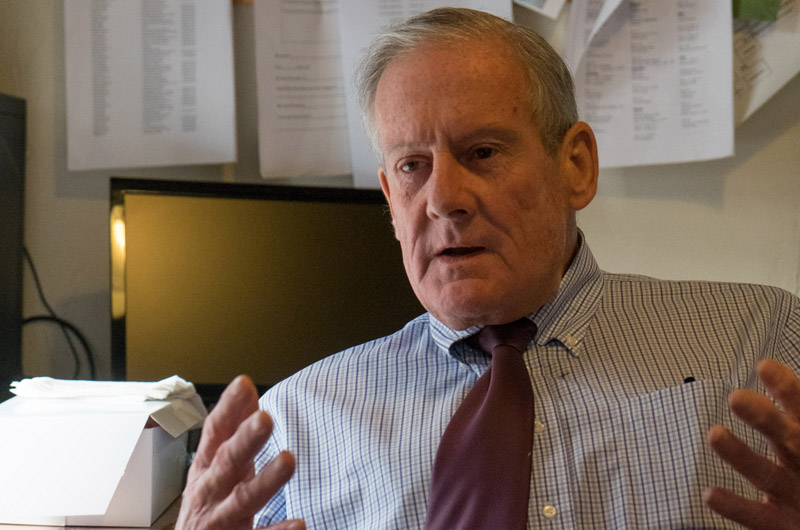
“I always thought the charter school was for the less than smart people,” he said. “It’s an unfortunate idea that people have, that it’s small classes and less than smart people, and it’s really so much more than that.”
The connections to faculty were also a change from the regional high school, he said. Mr. Dagostino recalled greeting the office staff every morning and forming friendships with his teachers that lasted beyond his years in school.
Hannah Gonsalves said she also found her place at the charter school. Currently a senior, she transferred to the school after her sophomore year at the regional high school, where she said she was floundering.
“I think coming to the charter school changed me as a person,” she said.
The alternative education structure encouraged her to explore her interest in the natural world, she said. Recently, she helped organize a school trip to Paris to attend the 2015 United Nations Climate Change Conference to be held in December.
Ms. Gonsalves said that before she was unsure if college would be a part of her future and unclear about her passions. Now she knows she wants to go to college and “save all the animals.”
The charter school’s first senior graduation took place in 2001, realizing the school’s goal of offering K-12 education. When it began the school was open only to students ages nine to 14. This year, the school is getting recertified by the state, something that takes place every five years to ensure it is performing up to state standards. Mr. Moore welcomes such check-ups.
“I think it’s healthy for any organization to reexamine their work and look to the future, to see how they can better serve their community,” Mr. Moore said.

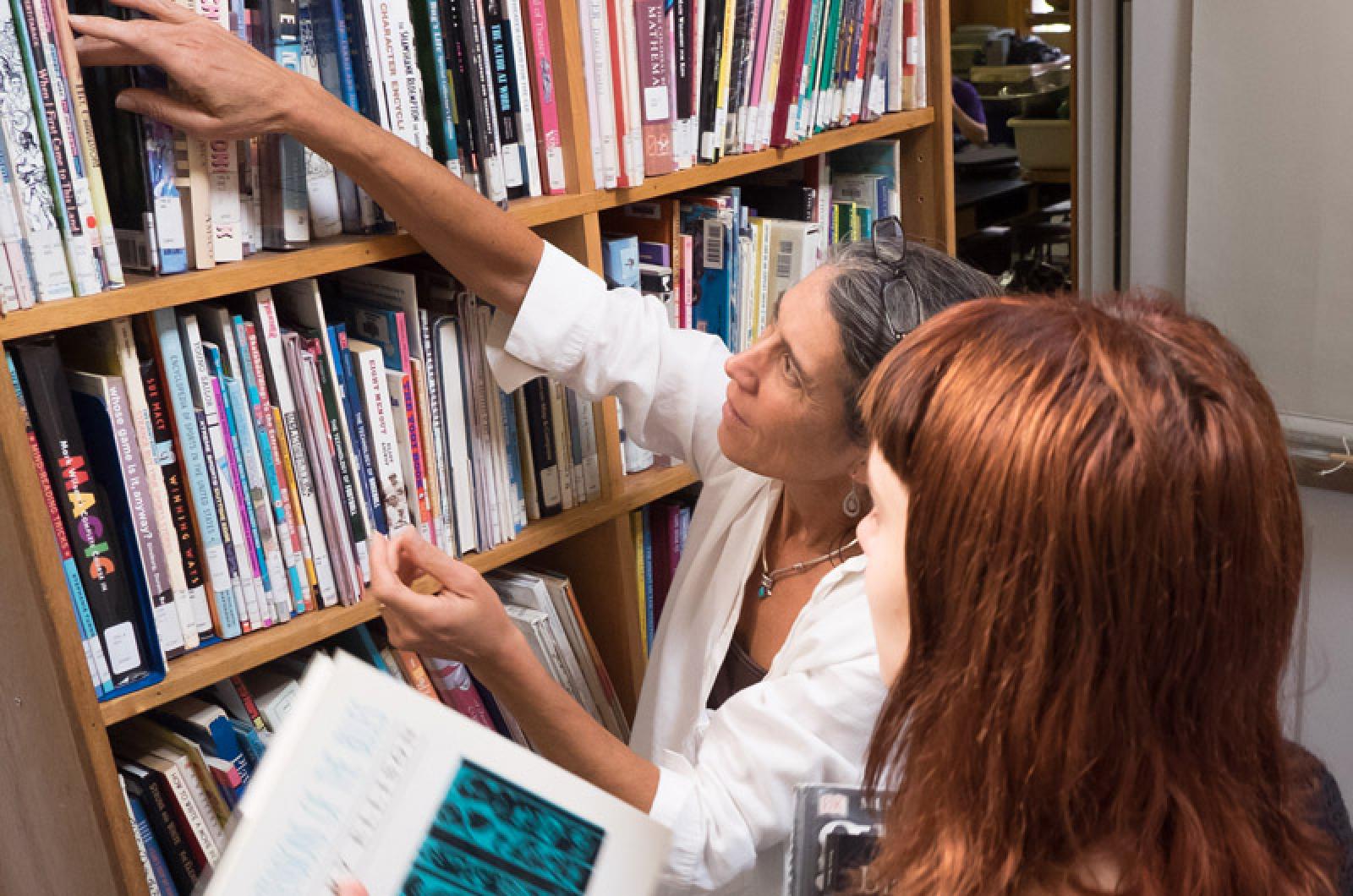

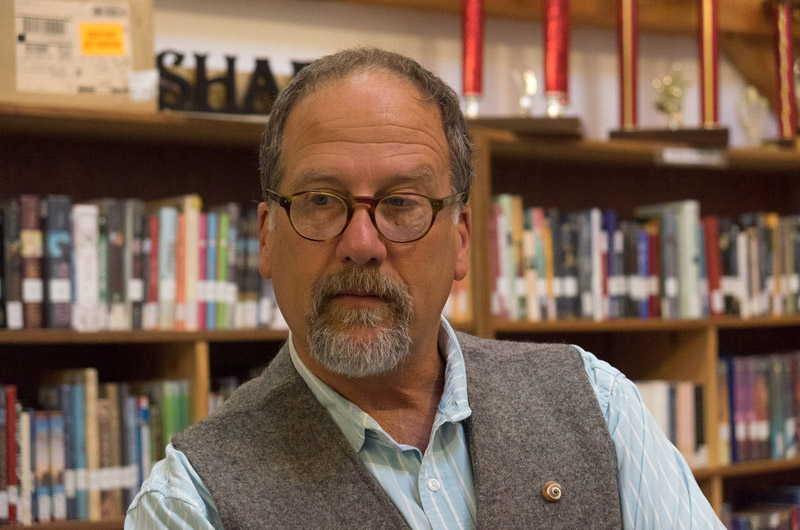
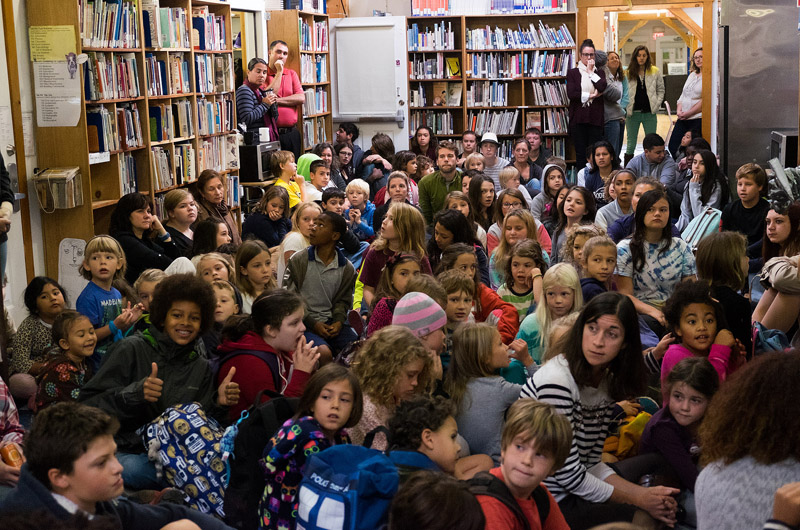
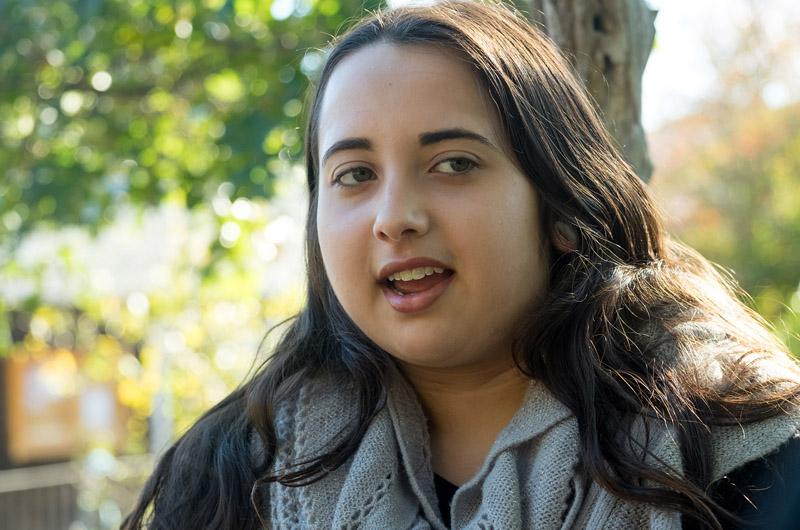
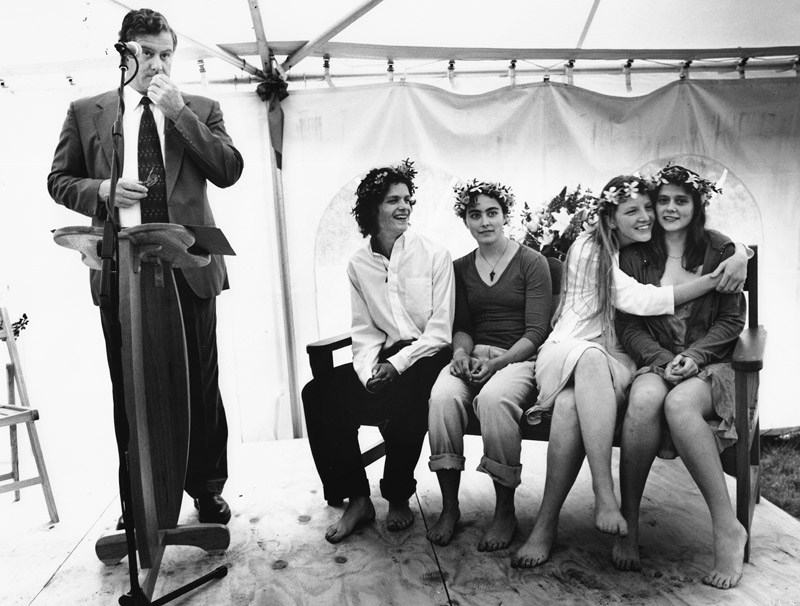
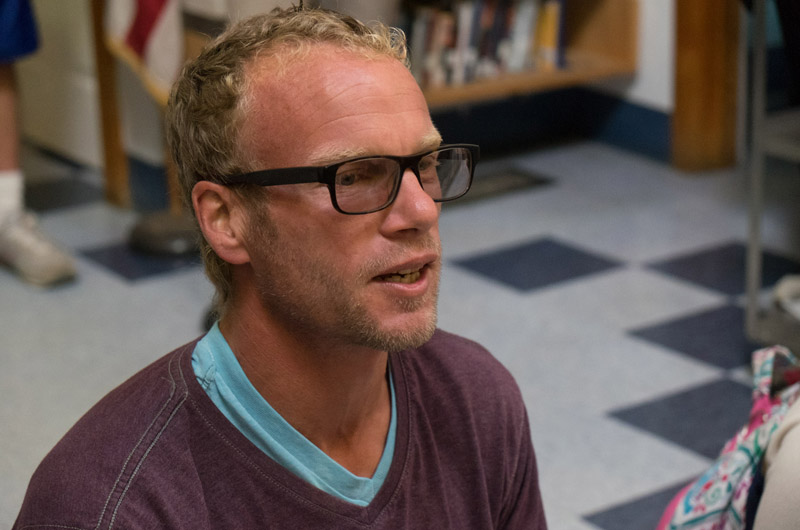
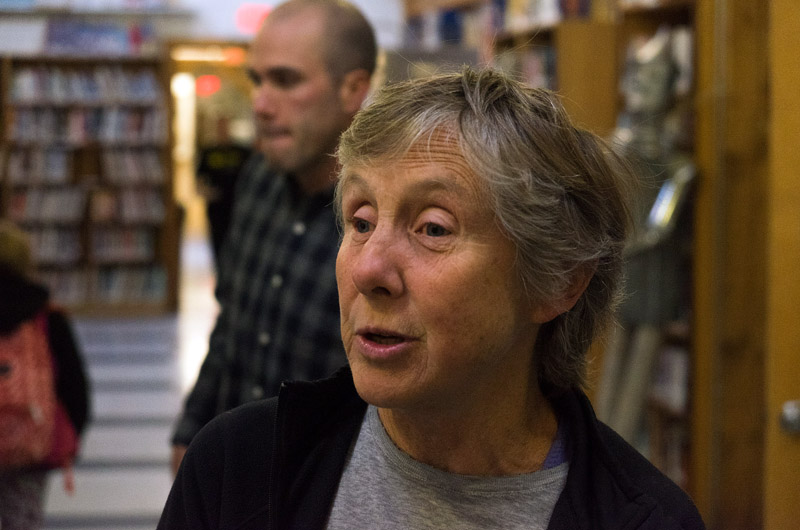


Comments (3)
Comments
Comment policy »